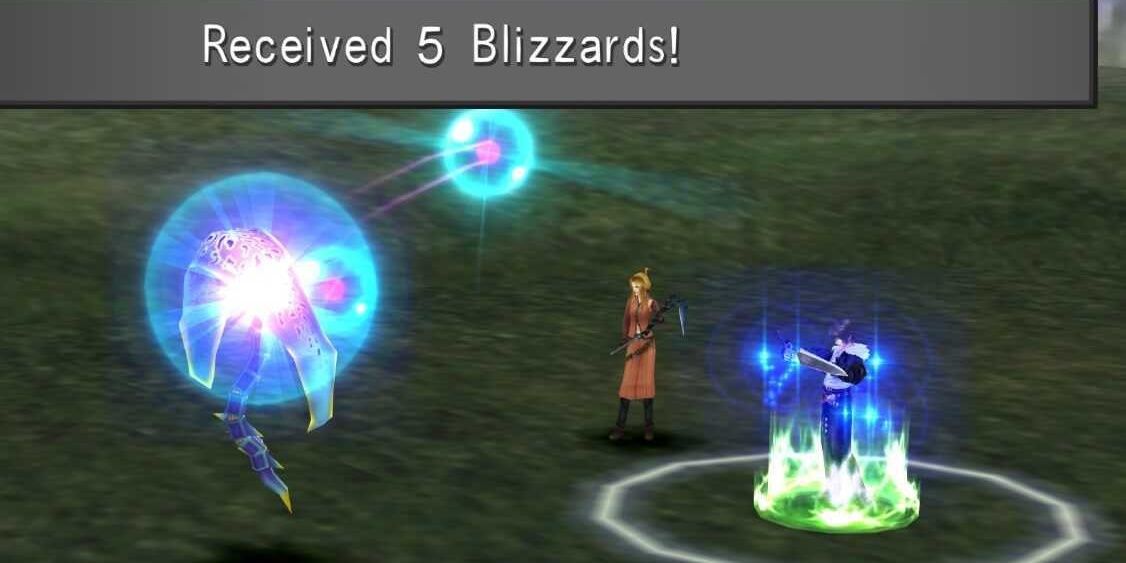Highlights
- Final Fantasy series constantly reinvents itself through experimental approaches to innovation in technology, mechanics, and storytelling.
- Final Fantasy 7 took a huge monetary risk with 3D design, paving the way for future titles and spin-offs.
- Final Fantasy 11 broke the mold by introducing online gameplay with real-time fights and social elements.
Most long-lasting video game franchises (or any franchise, for that matter) tend to play it safe after discovering the winning formula that made their product so appealing to mass audiences. However, the most enduring and beloved Japanese roleplaying game series, Final Fantasy, can hardly be accused of ever playing it safe. In fact, its ability to take risks and evolve its art, technology, and gameplay has influenced not only subsequent entries in the series but gaming and gaming culture overall.
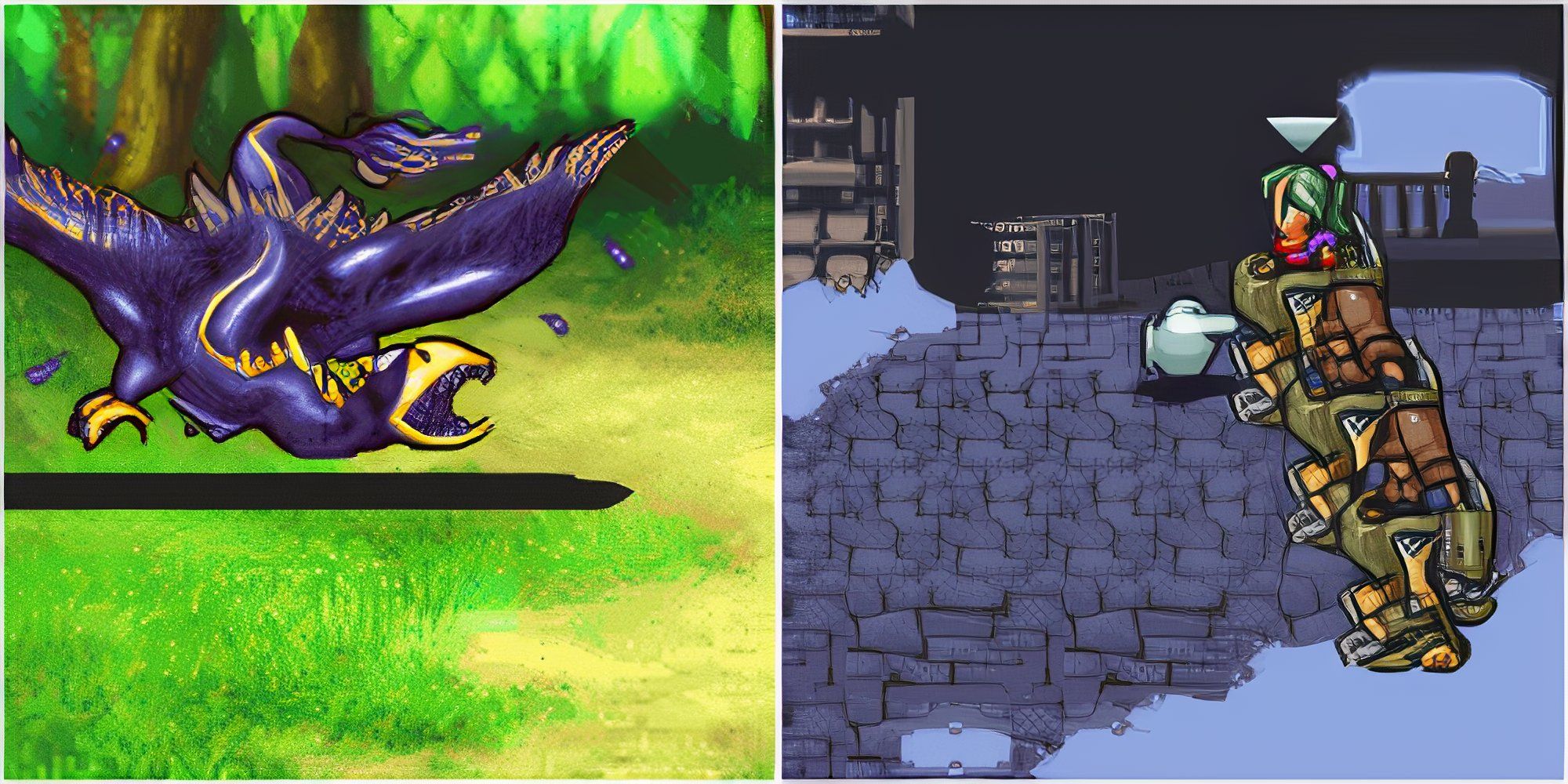
Every Final Fantasy Game Released On The Game Boy Advance, Ranked
A few Final Fantasy releases made it to the Game Boy Advance handheld, but how well did they fare? This ranking will find out.
Whether through improved technology, true artistic expression, innovative mechanics, or bold new storytelling techniques, the series has relentlessly reinvented itself over the years. It's arguable that every game since the first in 1987 has innovated in some way. However, some Final Fantasy titles overseen by Square (and later, Square Enix) are famous for their experiments, which have had good, bad, and interesting outcomes.
Final Fantasy 7
Expanding Into The Next Dimension
Final Fantasy 7
- Platform(s)
- PlayStation (Original) , PC , iOS , Android , Nintendo Switch , Xbox One , PS4
- Released
- January 31, 1997
- Developer(s)
- Square Enix
- Genre(s)
- RPG
- Final Fantasy 7 set the standard in many ways, including 3D design and storytelling, but the transition was a huge monetary risk for Square
- Although its overall presentation was a success, Square went on to refine its prerenders and models
Today, Final Fantasy 7 is a juggernaut all by itself, still widely popular and spawning spin-offs and remakes even two decades beyond its initial release. Although Final Fantasy 6 before it had showcased a world undergoing a magical-industrial revolution, Final Fantasy 7 brought players into a modern, entirely technologically-driven setting and, significantly, was the most expensive game Square had produced so far.
For the first time, character models and cutscenes were rendered in 3D, and the world and story were brought to life with impressive cinematic techniques and elaborate background prerenders. Square took a chance on the then-unproven ground of 3D video games, and it paid off big time. Although remarkable achievements for their time, the chibi models and convoluted backgrounds were design experiments that later entries would refine.
Final Fantasy 2
The Series' First Attempt To Branch Out
Final Fantasy 2
- Platform(s)
- Nintendo Entertainment System , Android , iOS , Nintendo Game Boy Advance , PC , PS1 , PS4 , PSP , WonderSwan
- Released
- December 17, 1988
- Developer(s)
- Square
- Genre(s)
- JRPG
- The story in Final Fantasy 2 is ambitiously dark and nuanced, or as much as its limited memory storage allows
- Experience points and level-ups were replaced with activity-based progression
Rather than taking control of a group of generic heroes on a quest to find the four magical McGuffins, Final Fantasy 2 has the player control a party of predefined characters fighting for hope and freedom in a war-torn world. This entry's story, while simple by today's standards, thanks to memory storage limitation, concerns war and its terrible toll. The narrative occasionally implies dark, emotional, and thought-provoking notions, which seemingly proved an unpopular design decision considering the bright, somewhat cliched direction many stories in the series took afterward, at least until Final Fantasy 6.
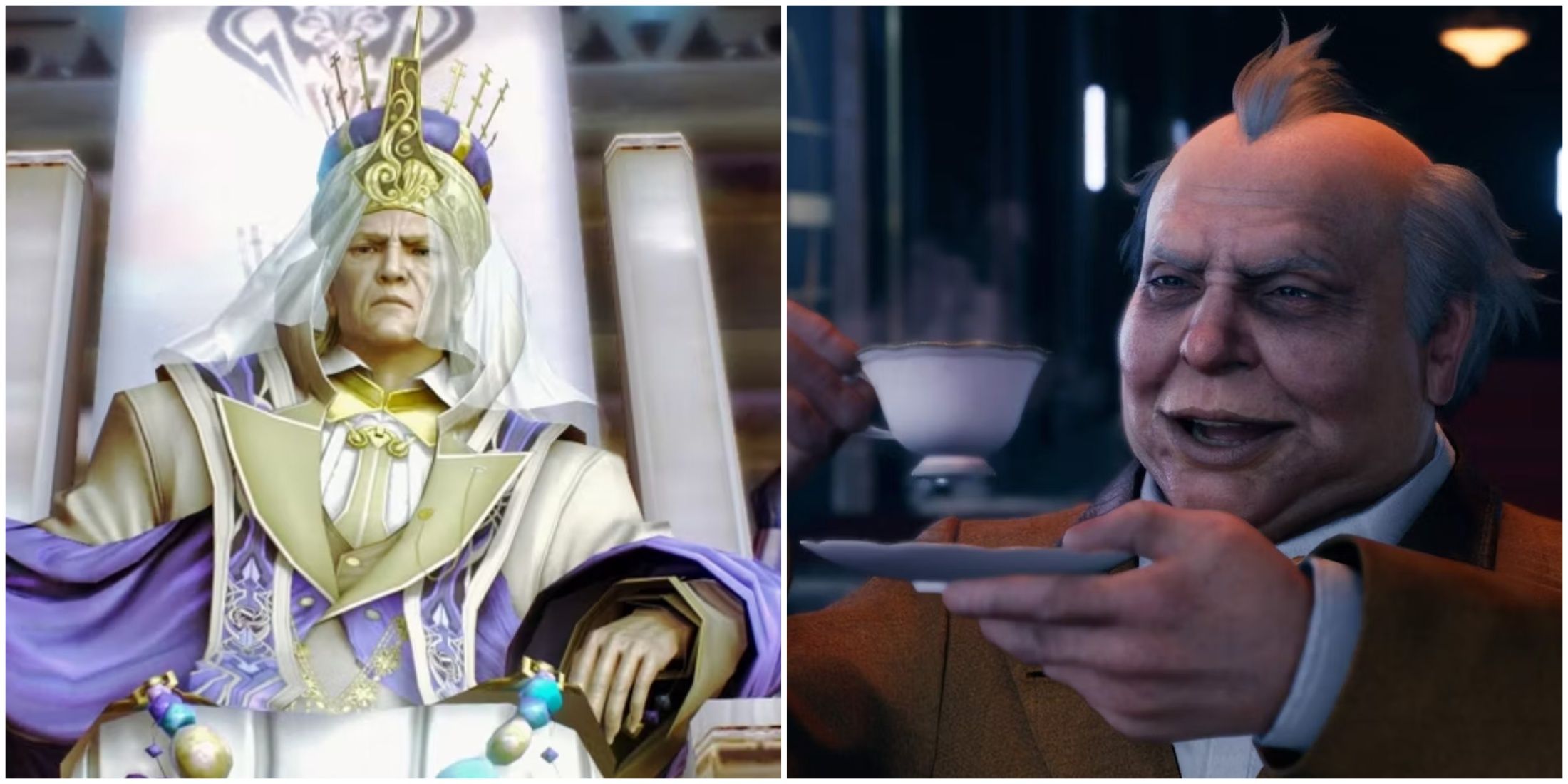
Final Fantasy: 6 Forgotten Villains
These Final Fantasy villains, for one reason or another, aren't quite as memorable as the likes of Sephiroth, Seymour, or Kefka.
The fact that Final Fantasy 2 took place in a completely different world than the original was a departure from RPG conventions and began the series' tradition of telling standalone anthology stories. However, FF2 introduced so many now-familiar elements, such as the row system, creatures (including chocobos), monsters, and spells. Square took an unusual approach to its progression system, which involved improving the characters' stats and skills with use rather than a flat increase with experience points and level-ups, which was ultimately dropped for a more traditional system in subsequent sequels.
Final Fantasy 11
An Experiment In A Whole New Genre
- When nobody in Japan had really even heard of an MMO, Square placed all bets on the concept in one of its mainline Final Fantasy games
- The gameplay of Final Fantasy 11 is completely different from all the games that came before it, requiring social investment at all turns
At the turn of the millennium, massively multiplayer online games were not as widely known or even played as they have been in the decades since. In 2001, only about eight MMOs were available, including Ultima Online and EverQuest, and their servers were practically inaccessible to Japanese gamers. Square's answer to these nascent online games, Final Fantasy 11, shipped in an era before World of Warcraft and even before a time when subscription fees or even persistent online play were normalized. Final Fantasy 11 was the first game to remove random encounters, replacing them with real-time fights out in the open.
Fans who were used to the accessible, single-player-oriented content of the mainline series would potentially hit a wall in terms of content and familiarity. The enemies and challenges of Final Fantasy 11 are brutal without (and often with) help. Death means sacrificing experience points, and progression and traversal could be relatively slow. Because of these challenges, players are guided into social play, which manages to capture the quintessential "adventure with friends" Final Fantasy experience.
Final Fantasy Tactics
Grander Battles, Deeper Conflicts
- As a spin-off game, Tactics was allowed to completely shake up the party battle system by using large armies fighting over a grid system
- The story also takes a more nuanced tone and delves into court intrigue and conspiracy
While still bearing the Final Fantasy name, it is telling of its breakaway, experimental design that Final Fantasy Tactics was the first game to eschew the numbering convention. Taking place in Ivalice, the same world as the one depicted in the twelfth numbered entry, Final Fantasy Tactics has the player take control of large groups of characters as opposed to the small parties seen in previous games, although the story is still told from a personal perspective.
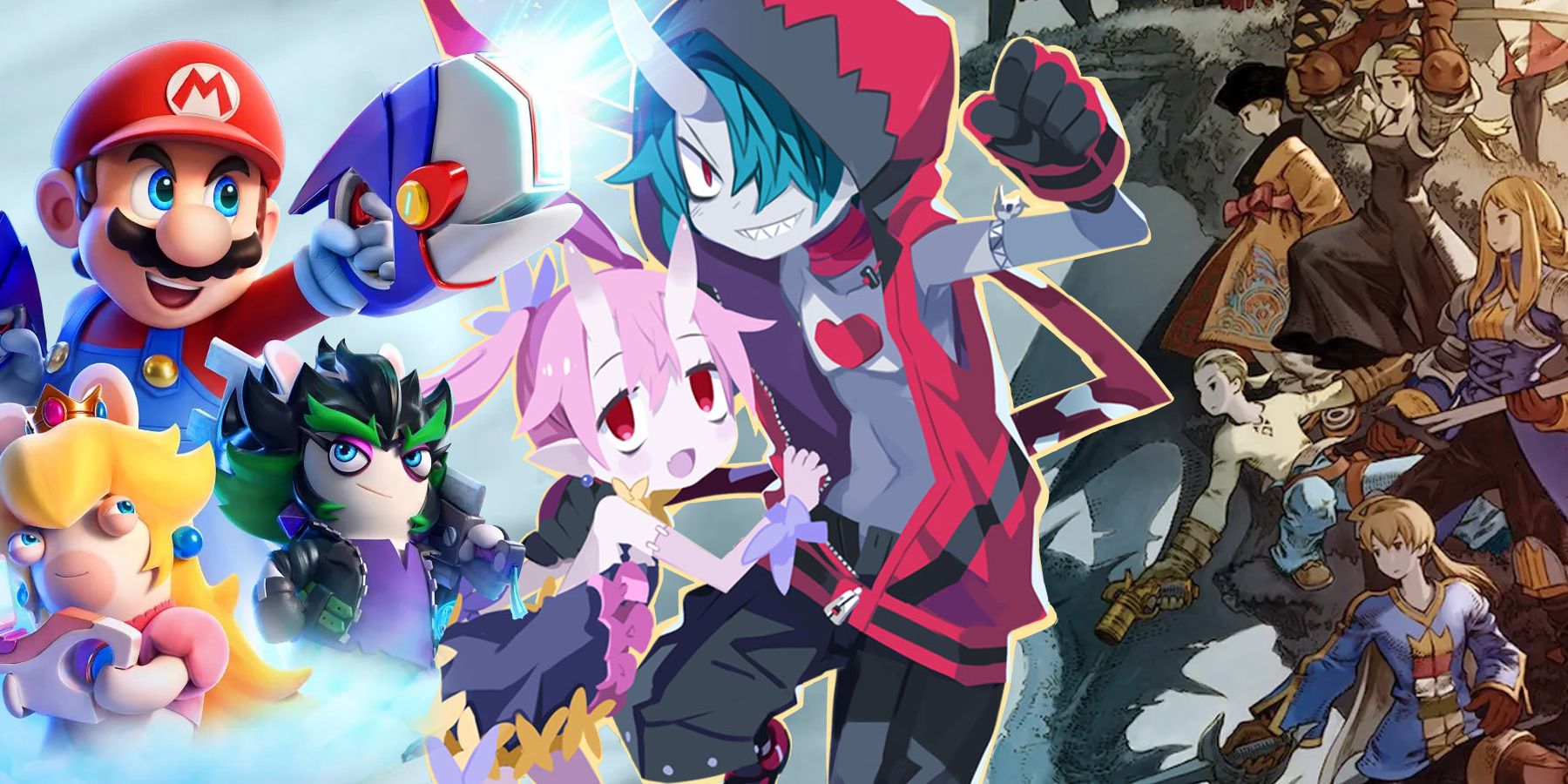
Games To Play If You Miss Final Fantasy Tactics
Final Fantasy Tactics fans who want to scratch that same itch should try out these other great games.
As its name implies, movement over the grid-based terrain and army reserve comes into play during fights, but all of the familiar tropes associated with the series are still there, including the usual jobs and spells. As the scope of battle was widened, the story, too, was spun on a much grander scale, as the plot occasionally delves into courtly intrigue, conspiracy, ideology, and economic matters.
Final Fantasy 4
Adding A Ticking Clock To The Turn-Based Formula
- This entry introduced the "Active Time Battle" to turn-based combat, a mechanic that remained with the series for five more games
- With this mechanic, a character's turn is given after their ATB gauge is filled, determined by their speed
Besides being the first game to enforce roles on the player instead of allowing them to choose their party and class and taking the narrative to a new level, Final Fantasy 4 introduced a controversial mechanic to the series: the Active Time Battle, or ATB. Characters would still wait their turns while their ATB gauges fill, and each combatant could only perform actions one at a time in a queue, but ATB added more of a "ticking clock" element to the turn-based fights.
Some fans enjoyed the frantic pace this added, while others yearned for the thoughtful pace of a more traditional turn-based system. However, the developers at Square did feel that it added an element of engagement and action in otherwise stilted battles and included the system in each game following until Final Fantasy 10, which removed the ticking clock. The series remained a turn-based game until around Final Fantasy 15, after which it embraced a more "action RPG" identity.
Final Fantasy 12
Taking A Gamble On Passive Combat
- Instead of fighting directly, players are invited to pre-program their tactics and let the characters fight using the gambit system
- Although it removed the tedium of random battles, it left some players feeling detached from the action
Taking a cue from its MMO predecessor, Final Fantasy 12 does away with random encounters and puts players in real-time combat. The experimental design aspect comes from what happens next. While the player is able to issue specific commands to characters, each combatant has a set number of "gambits," or tactics (which would have been a more fitting word, considering that Final Fantasy 12 shares its setting with Final Fantasy Tactics).
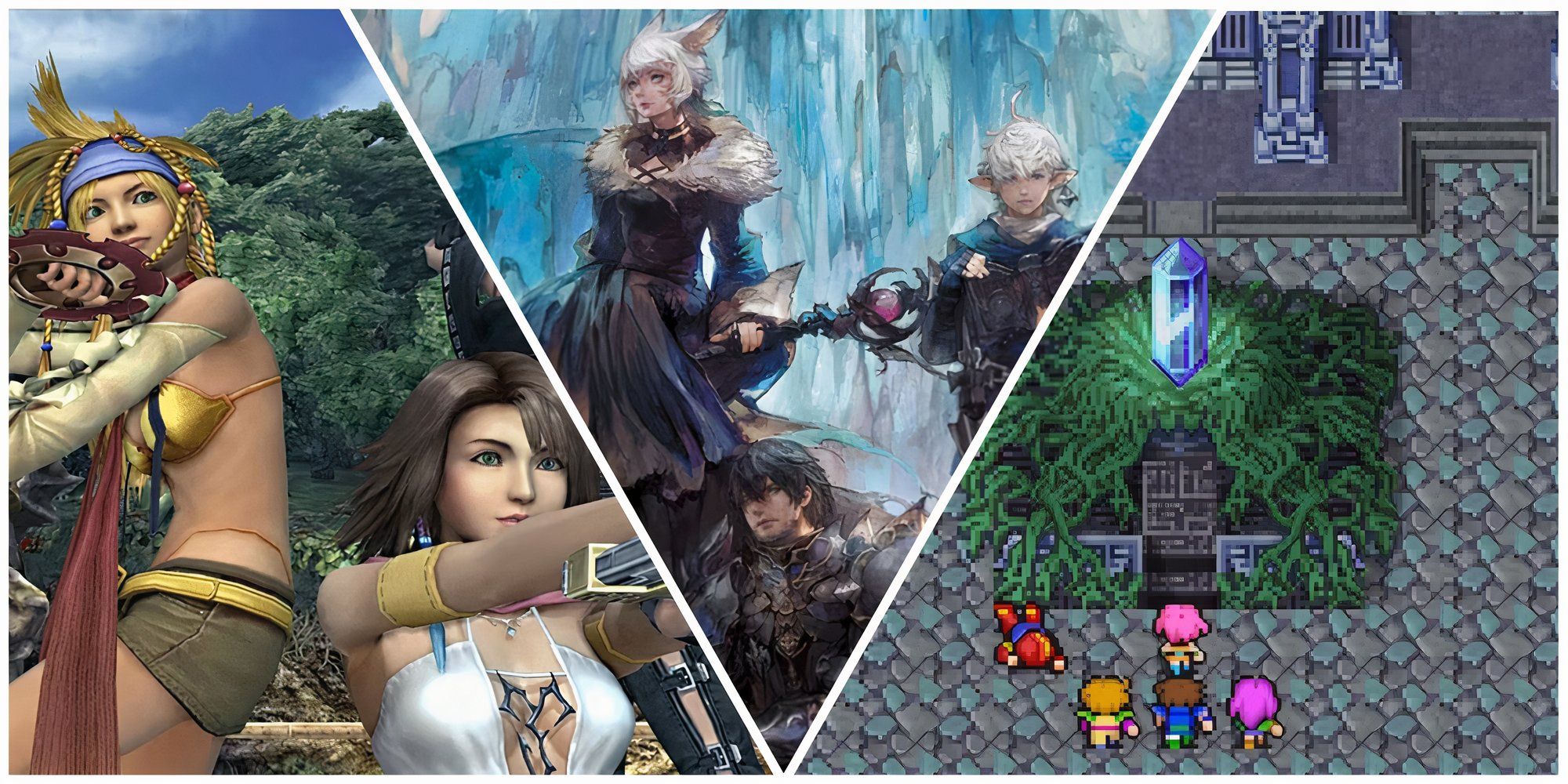
6 Final Fantasy Games With The Most Jobs, Ranked
After such a long and illustrious history, Final Fantasy has produced a wide variety of jobs, but which game serves up the most choice in one sitting?
Everything, from attacks to healing and offensive spells, can be intricately predefined in a highly programmable alternative to basic AI. As a result, every battle in the game (including boss fights) could potentially be fully automated, with the player acting as a kind of "gambit manager" for the party. This combat mechanic left players feeling like passive participants and became another experimental branch of the series.
Final Fantasy 8
The Divisive Junction System
- Although it had a robust system from its last six entries, Square decided to shake up the leveling system in a big way
- The junction system is highly innovative, but it is too easily broken, and many fans believe it could have used refinement
A refinement in many ways from its blockbuster predecessor, especially in terms of presentation, Final Fantasy 8 is a continuation of many tried and tested Final Fantasy elements in all but one way: the junction system. Although there are still character levels and stats, players must set a guardian force (a summon) and assign a list of spells to their characters. This unusual system, paired with its inclusion of enemy-level scaling, has divided the fanbase since Final Fantasy 8's release.
Although the previous game had a functional, if simplistic, leveling system, the team at Square was not content to rest. However, even the game's original director, Yoshinori Kitase, expressed that this experimental system would now need a rework for a remake to be possible. Players can break the game very early on if they can find enough charges of a particular spell. Conversely, many players feel obligated to do so, which requires long hours of grinding stacks of spells for each character.
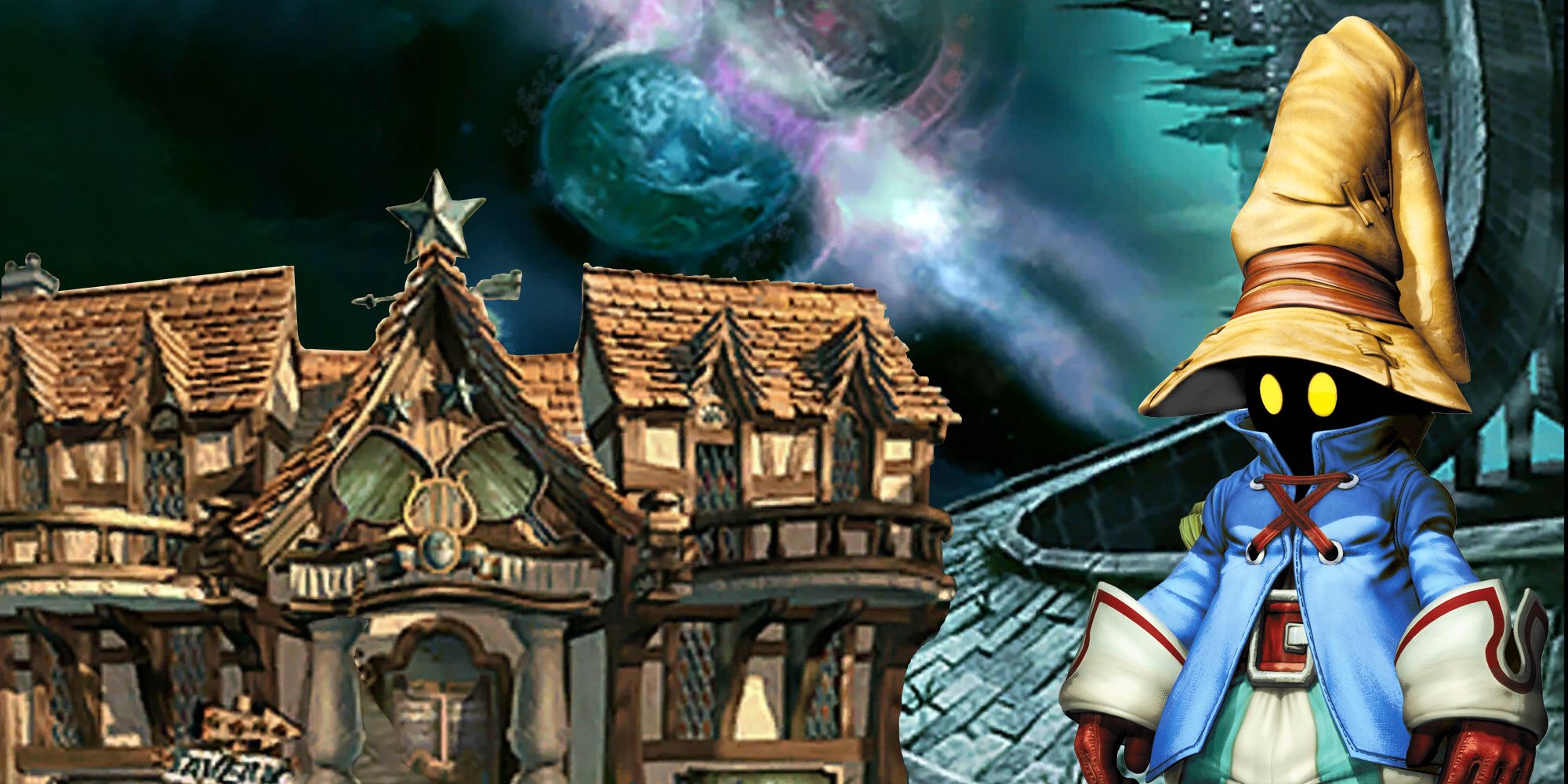
Final Fantasy: 9 Best Worlds To Live In
If players were to live in a world straight out of the Final Fantasy franchise, it would have to be one of the following.

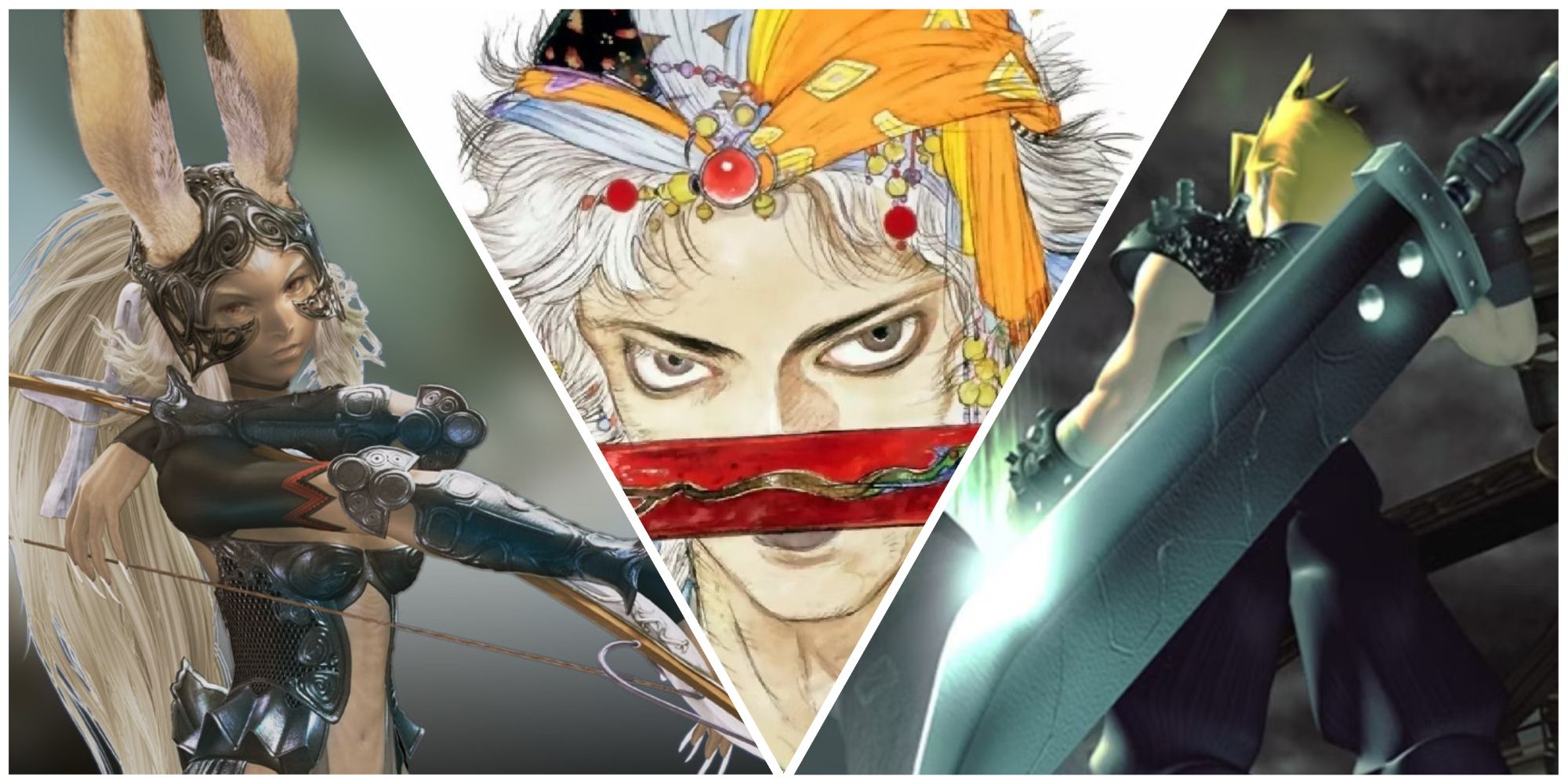
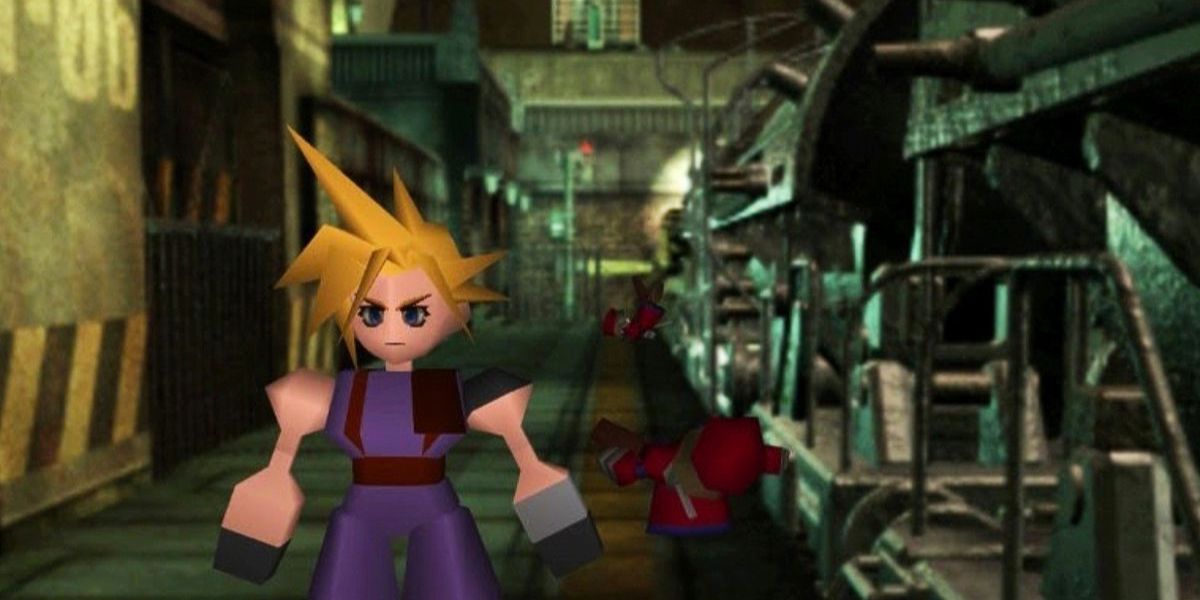
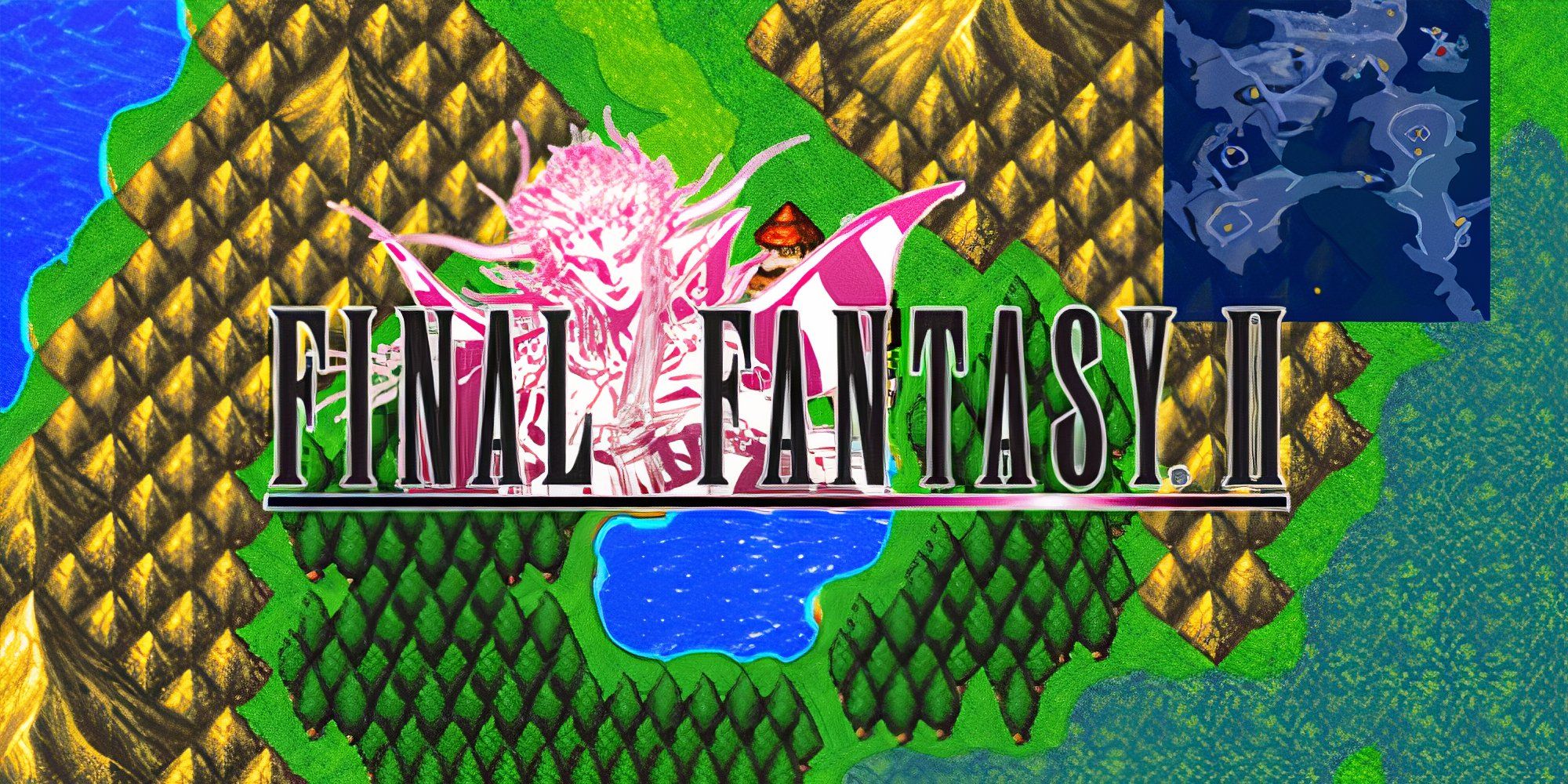
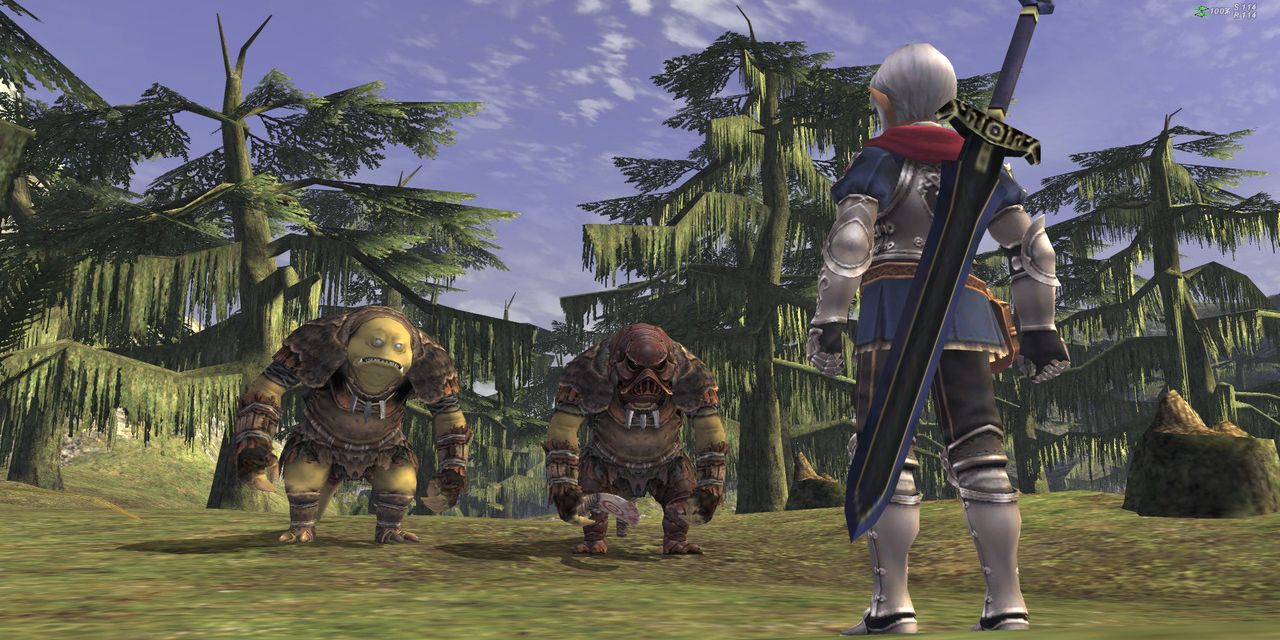
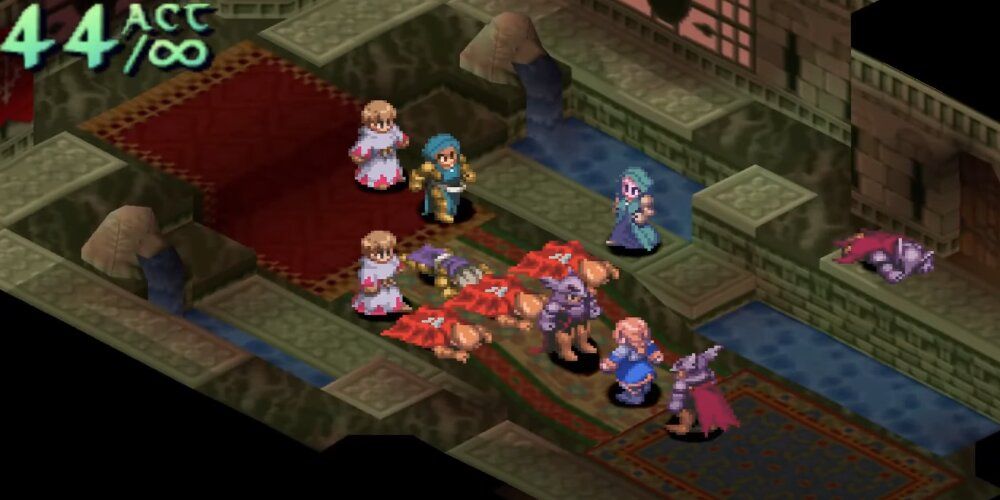
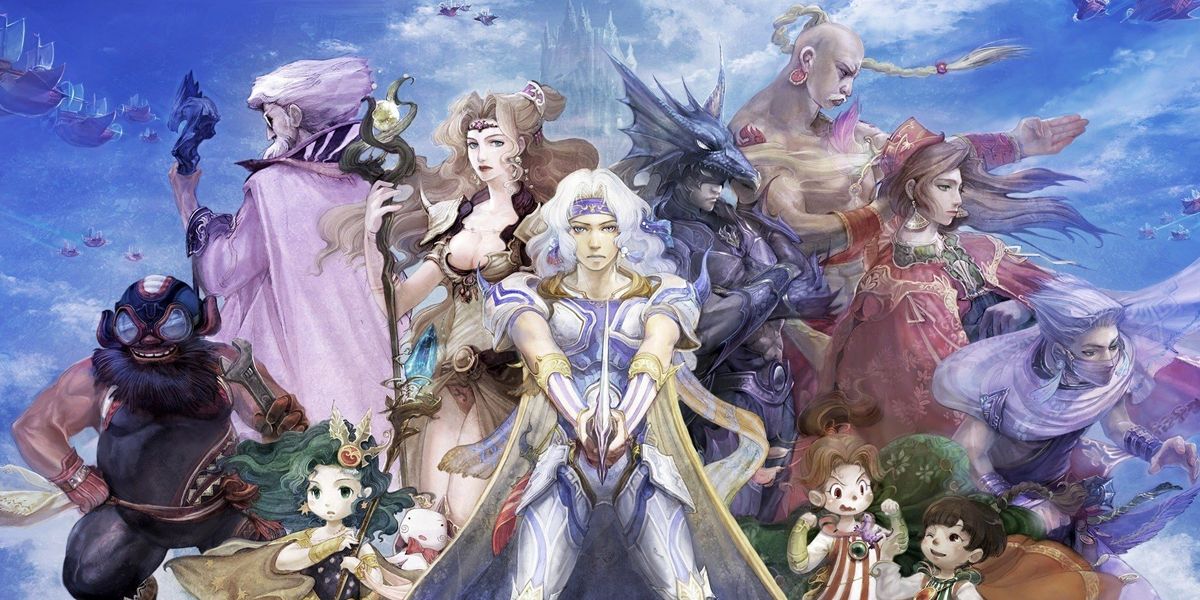
.jpg)
